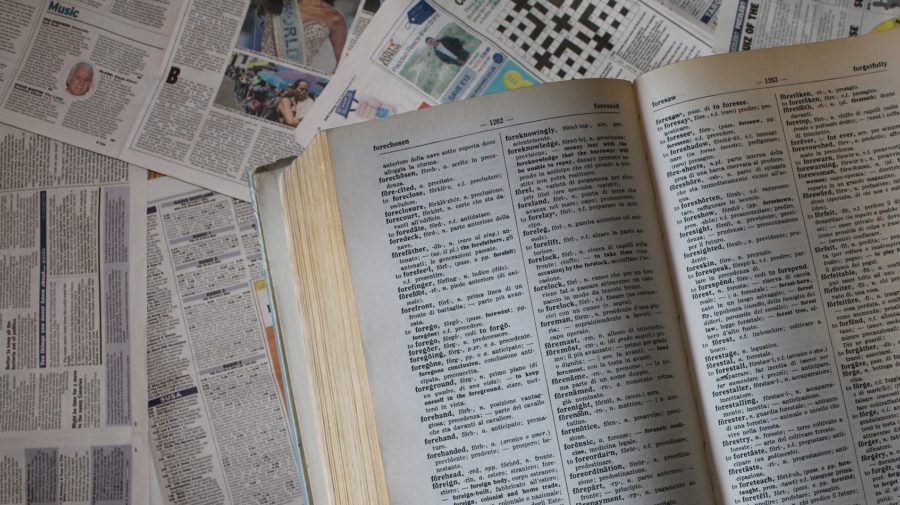Over the past eighteen months, issues of trust and truth in the digital age have dominated discussion across industries and around the world. There has been a surge in conferences, reports and funding. However, despite this peak in interest in the subject, progress has been slow. One important realization yet to emerge is that shared definitions and terminology matter. For the policy-makers, technology companies, politicians, journalists, librarians, educators, academics and civil society organizations all wrestling with the challenges caused by false and misleading information, agreeing upon a shared vocabulary is essential.
In an effort to help kickstart a conversation about definitions, I co-authored a report last fall that used the umbrella term ‘information disorder’ to describe mis-, dis- and malinformation. This definitional toolbox adds further categories to the discussion.
Part 1 – Information Disorder: The Essential Glossary (Medium / PDF)
Part 2 – Information Disorder: Mapping the Landscape
Part 3 – Information Disorder: Useful Graphics
Part 1 is a glossary that features the most frequently used and commonly misunderstood words, acronyms and phrases that relate to information disorder. It is designed to be a living document that will evolve as a reference point alongside research findings, shifts in technology and the inevitable debates sparked by these definitions.
Part 2 is a short document that attempts to map the thirteen sub-categories of the information disorder space, as our understanding of this topic has become increasingly sophisticated. It’s time to define areas for research and action so that we can undertake more targeted studies, and convene deep-dive workshops and conferences around more manageable questions.
It’s important to note that the many contexts worldwide where these sub-categories can be found should be considered in parallel. Too often, the impact of information disorder globally is a last minute add-on, rather than a central component of conversations on this topic. Trends currently being witnessed in the Middle East, Asia Pacific and many countries in the global south, particularly around distribution and amplification methods, can help us to predict and better understand how the landscape will evolve.
Part 3 includes downloadable high-resolution graphics, created to help explain information disorder. These are available for use in publications and presentations under a Creative Commons license.



